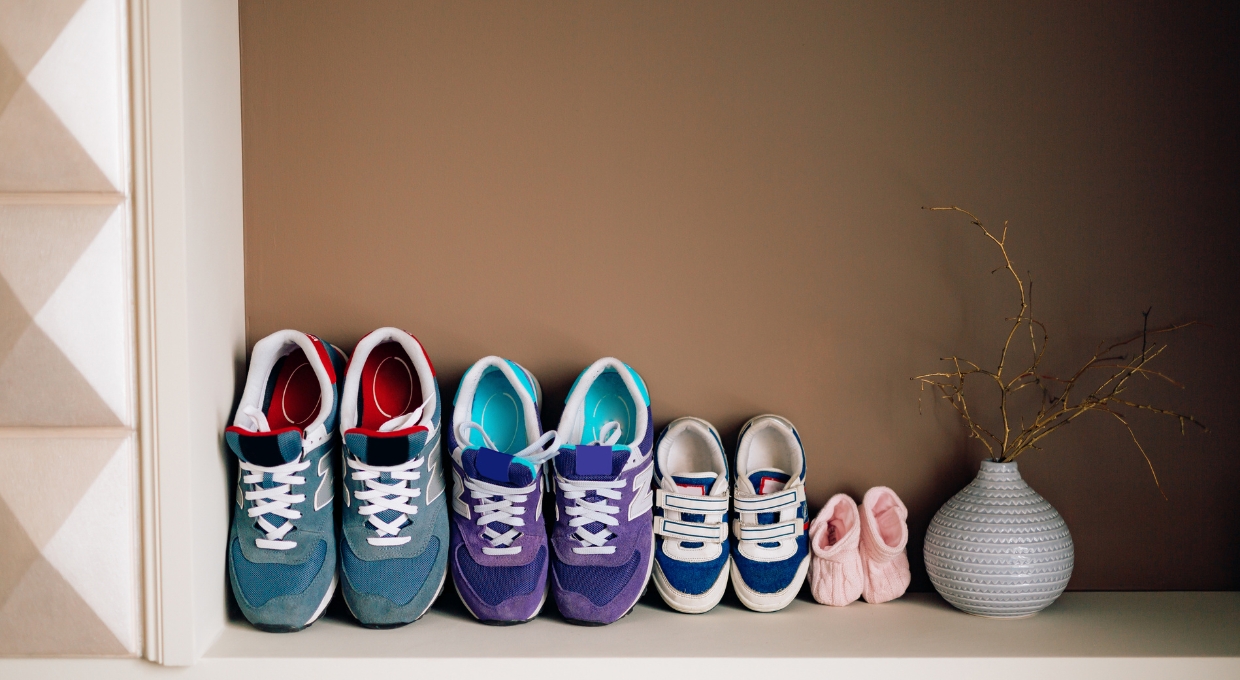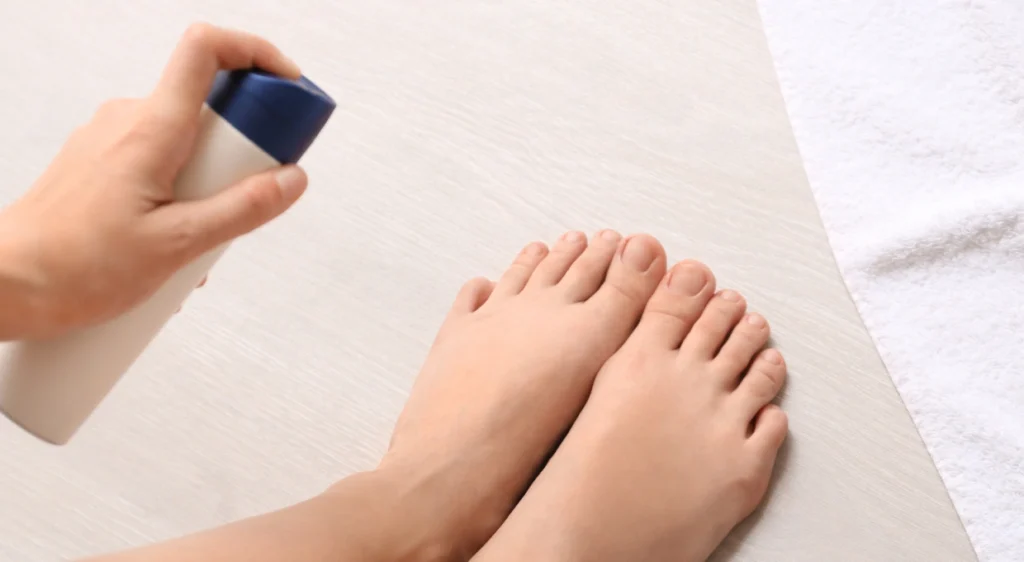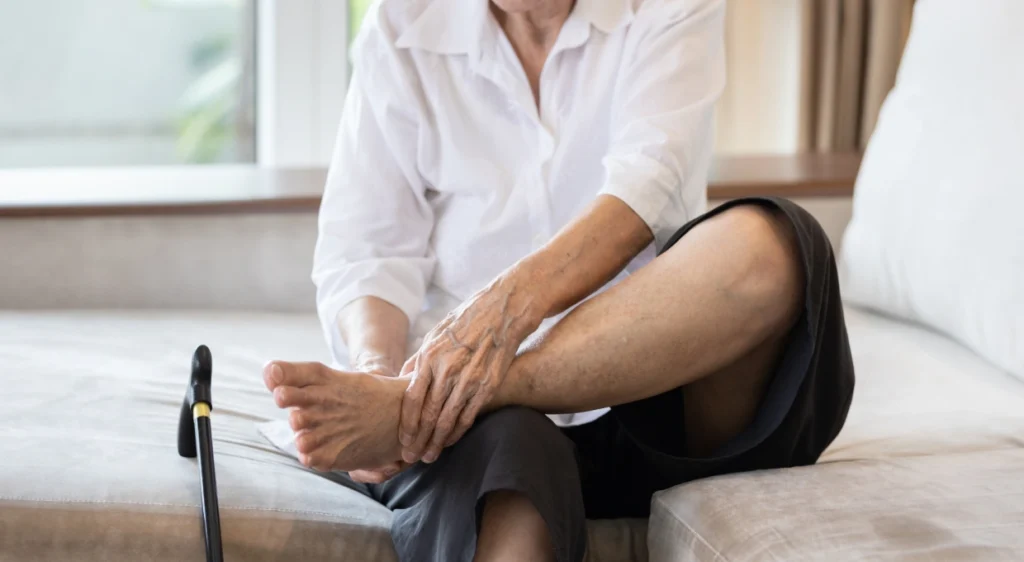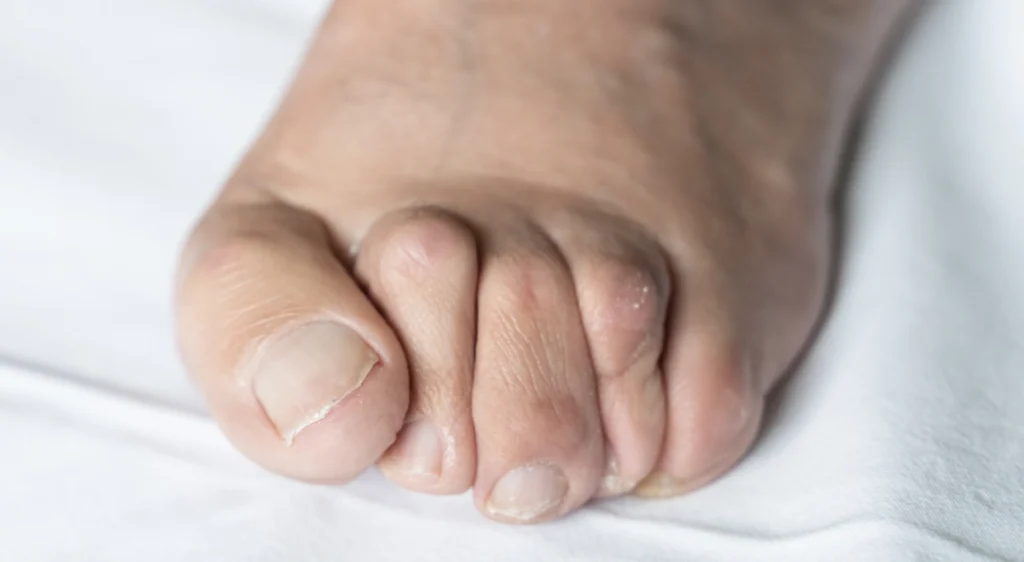The health of the foot is essential from infancy, since in these early years the foundations are laid for optimal structure and function for life. At Clínica San Román we understand how important it is for the foot to develop naturally, respecting its anatomy and activating the intrinsic musculature. For this reason, today we are addressing respectful or minimalist footwear, an alternative that allows us to imitate the experience of walking barefoot and promote healthy growth.
What is Respectful or Minimalist Footwear?
Minimalist footwear is characterized by having:
- Wide toe box: Allows the toes to expand naturally.
- No or very low drop: There are no significant differences in height between heel and forefoot, which favors a balanced load distribution.
- Thin, flexible sole: Provides high sensitivity to terrain without sacrificing protection, so the foot receives the necessary information to adjust its posture.
- Absence of control devices: No rigid insoles or supports that limit the natural mobility of the foot.
This philosophy contrasts with conventional footwear, which tends to have thick soles, a high heel and a shape that compresses the natural anatomy of the foot.
Benefits of Minimalist Footwear for Children
Arch Development and Foot Anatomy
During growth, children are born with physiological flat feet, and it is throughout childhood that the longitudinal arch forms naturally. Studies in large populations show that children who grow up barefoot or wearing flexible footwear have more developed arches. By allowing the foot to work autonomously, respectful footwear stimulates the activation of the plantar musculature, contributing to the formation of a strong and balanced arch.
Muscle Strengthening and Sensory Stimulation
The freedom of movement offered by minimalist footwear allows the intrinsic muscles of the foot to strengthen. When walking barefoot or in barefoot shoes, the feet receive more sensory information from the environment. This stimulus improves proprioception, which not only promotes a more natural gait pattern, but also helps neuromotor development to adjust optimally.
Prevention of Digital Deformities
The prolonged use of traditional footwear, characterized by narrow toe boxes or shoes of inadequate length, has been associated with the appearance of deformities such as hallux valgus (bunions) or claw toes. In contrast, respectful footwear allows the toes to have more space to extend and position themselves correctly, avoiding compressions and possible alterations in digital alignment. Studies in children show that those who spend more time barefoot – for example, in the safe environment of the home or preschool – have smaller hallux angles, suggesting a lower incidence of deformities.
The Importance of Allowing Foot Freedom
Respectful footwear is not just a “fashionable” choice but a tool that supports the natural development of the foot. Allowing the child to experience barefoot walking on safe surfaces, combined with the use of minimalist shoes in everyday environments, helps:
- Activate the plantar musculature: This improves stability and strength, crucial for harmonious growth.
- Promote proprioception: By being in direct contact with the ground, the foot learns to adapt its posture to different textures and surfaces, which translates into a more coordinated gait.
- Reduce the risk of deformities: By avoiding compressions and restrictions, the occurrence of structural problems in the foot is prevented.
In this sense, the recommendation is that parents and educators promote periods of time in which the child can be barefoot or wear shoes with respectful models, especially in controlled environments such as at home, parks or safe play areas.
Recommendations for Parents and Professionals
At Clínica San Román we value scientific evidence and clinical experience to guide our recommendations. In the case of podal health in children, we propose the following:
- Variety in the use of footwear: Combine barefoot moments with the use of respectful footwear. This allows for active development and, at the same time, protects the foot in risky environments (streets, traffic areas).
- Proper selection of footwear: Favor models with a wide toe box, zero drop and flexible sole. It is recommended that the shoe fits the actual size of the foot, without compressing the toes or forcing the natural shape.
- Professional supervision: Before any sign of pain, gait alterations or deformities, it is essential to perform a comprehensive assessment. At Clínica San Román we have experts in biomechanics and pediatric podiatry who will evaluate each case in a personalized way and recommend, if necessary, specific interventions or the development of custom orthopedic insoles.
- Education and awareness: Inform parents and educators about the importance of freedom of movement of the foot in childhood, so that, in the choice of footwear, wellbeing and natural development are prioritized over commercial aesthetics.
Conclusion
Respectful or minimalist footwear in childhood not only helps the foot to develop naturally and functionally, but also contributes to strengthening the musculature, improving proprioception and preventing future deformities. Protecting and stimulating foot health from the very beginning is an investment in a child’s overall well-being, laying a solid foundation for an active and healthy life.
At Clínica San Román we are committed to children’s foot health and, through a comprehensive assessment and personalized follow-up, we guide our patients in choosing the most appropriate footwear for each stage of growth. If you notice signs of misalignment, persistent pain or have concerns about the health of your child’s feet, we invite you to schedule a consultation. Together, we can ensure that your child’s every step is firm, natural and healthy.



